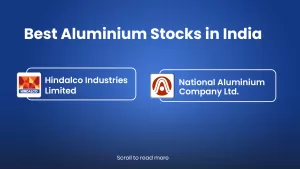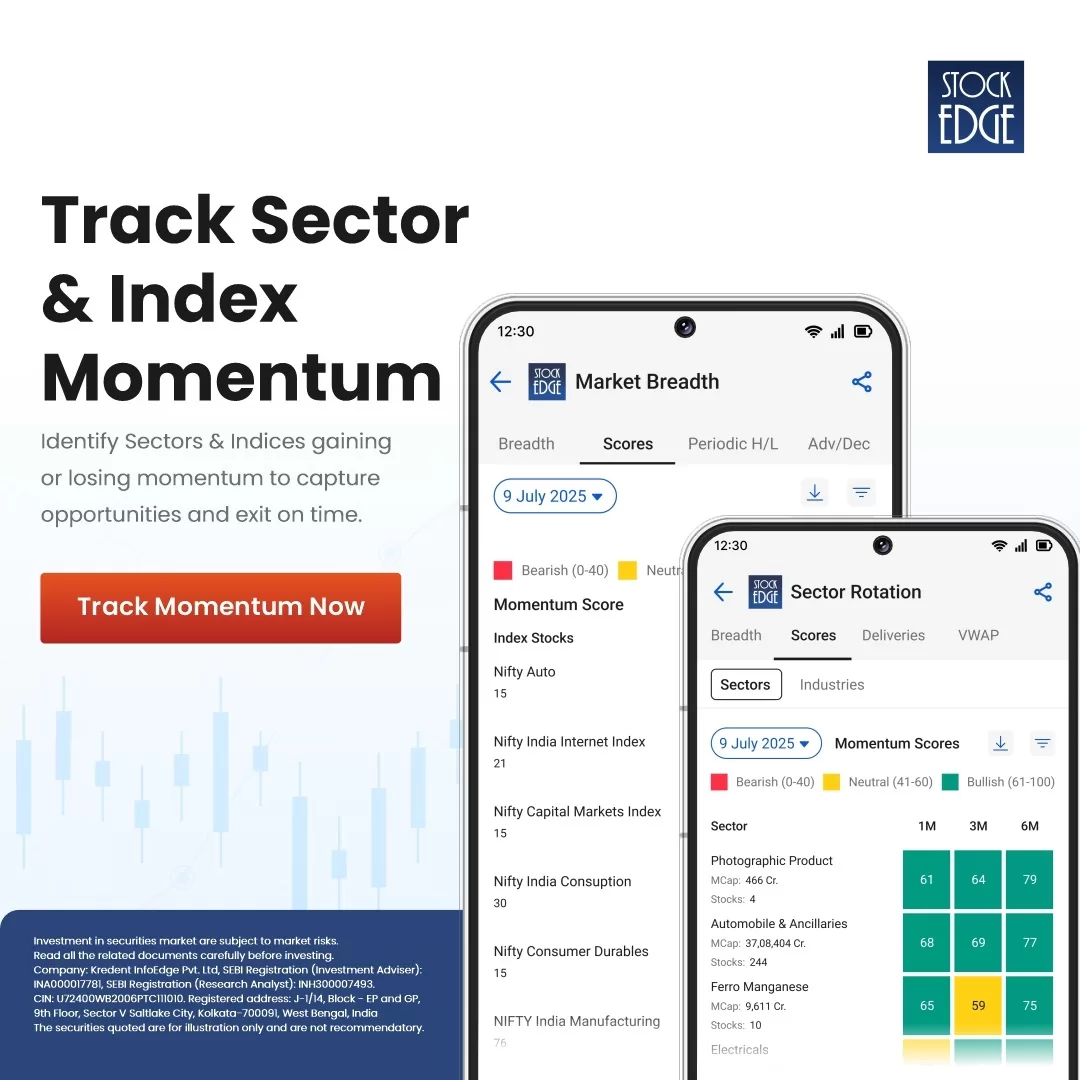Why Investors invest in mutual funds?
Investors invest in mutual funds so that they can minimize the risks and gain maximum returns from it. However, sometimes it becomes difficult to keep track of the investment you have made and the returns that are generated from them. Hence, before you plan to take an investment decision, you must study and analyze the past performance of the instrument. If you get an idea of what to look for and what to avoid, you can not only make better investment decisions but the probability of better future performance increases.
You must be thinking that how you are going to choose the best mutual fund for yourself? Do not worry! Take a look at the 5 steps below and analyze mutual funds for better investments.
1. Compare Fund Performance with Benchmark Performance
This is one of the most important things that an investor must check if they want better investments from mutual funds. Every mutual fund scheme sets a benchmark that it intends to surpass. The performance of a specific fund should be compared with the performance of the corresponding benchmark for the fund.
Suppose you have invested in a mutual fund scheme, and after a year you see that the total returns provided by the scheme are 15%. But then you find out that the benchmark for the fund generated a return of 20%. This indicates that if you had invested in the benchmark index then you had have made 5% more. This is the reason why you should compare fund performance with benchmark performance.
2. Analyze the mutual fund portfolio
It is important to analyze whether the fund manager is investing your money in small or big companies. Mutual funds are said to be an integration of debt and equity and a fund manager must concentrate on both so that they can diversify the risks. Now, you might think that how will you analyze the portfolio? It is very easy! You can understand the portfolio by considering the top holdings which have stocks that can be easily identified. The top-performing stocks will help you to analyze the overall portfolio and will also drive superior returns on your investments.
3. Know about good and bad performance
If you are planning to invest your money in a mutual fund then you must hold it for at least three years. However, this doesn’t mean that short-term (for example 1 year) returns are petty. The fund that has performed well in a year might not perform equally well if it is held on till three or more years. Also, short-term mutual funds are difficult to manage and attract higher investment when compared to long-term funds.
Hence, abnormally high returns do not necessarily mean that the performance is good. Another reason why you should stay away from a high short-term performance because it attracts more assets to the fund and more assets can disrupt the future performance of the mutual funds.
4. Consider Market and Economic Cycles
An investor must understand the highs and lows of the mutual funds market. He/she should also understand the impact of economic changes on the fund. It is recommended that you talk to investment advisors or fund managers so that you can get a clear picture of the funds market like whether long-term mutual funds are better than the short ones, and gain insights into how the market changes have impacted the returns. Also, before you finalize an investment advisor or fund manager for yourself, don’t forget to check their performance history and experience.
5. Expense Ratio
The expense ratio indicates the percentage of total assets a mutual fund charges an investor yearly in order to manage his/her portfolio. Some of the expenses that are related to mutual funds are distribution charges, management charges, fund service charges, security transaction fees, and so on. Mutual fund plans are of two types – Direct and Regular plans.
Direct mutual funds do not charge distributor commission as well as other fees since you can buy these plans directly from the mutual fund company. Contrarily, regular mutual fund plans charge distribution fees as well as other charges. This is because regular mutual funds are sold via brokers or other distributors.
These charges increase the expense ratio of the regular mutual funds and make it more expensive than the direct mutual fund schemes. Hence, it is suggested that the investors compare the expense ratios of the various mutual funds before they choose one.
In simple terms, the expense ratio tends to decrease the returns that are available to an investor. Let us assume that a fund earns returns equal to 12% and has an expense ratio of 3%, then you would earn a return that is equal to 9%. A low expense ratio results in more profit whereas a higher expense ratio means less profit. The best mutual funds are those that have a low expense ratio.
Conclusion
Gain complete knowledge about different investment options before you choose where to invest. Hence, thoroughly analyze the performance of each mutual fund and then finalize the best one.

Also Read : Shares or Mutual Funds – Which one is better for Investment?
Why ELSS Mutual Funds is the most preferred Mutual Fund Investment?











